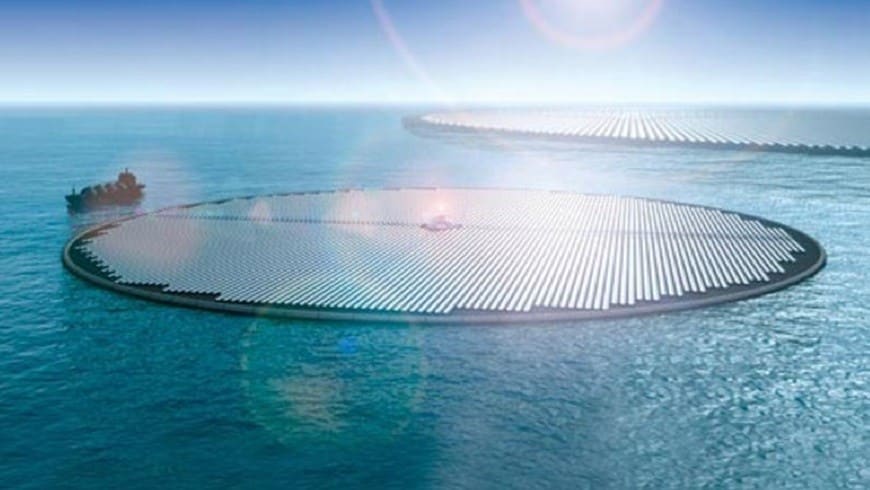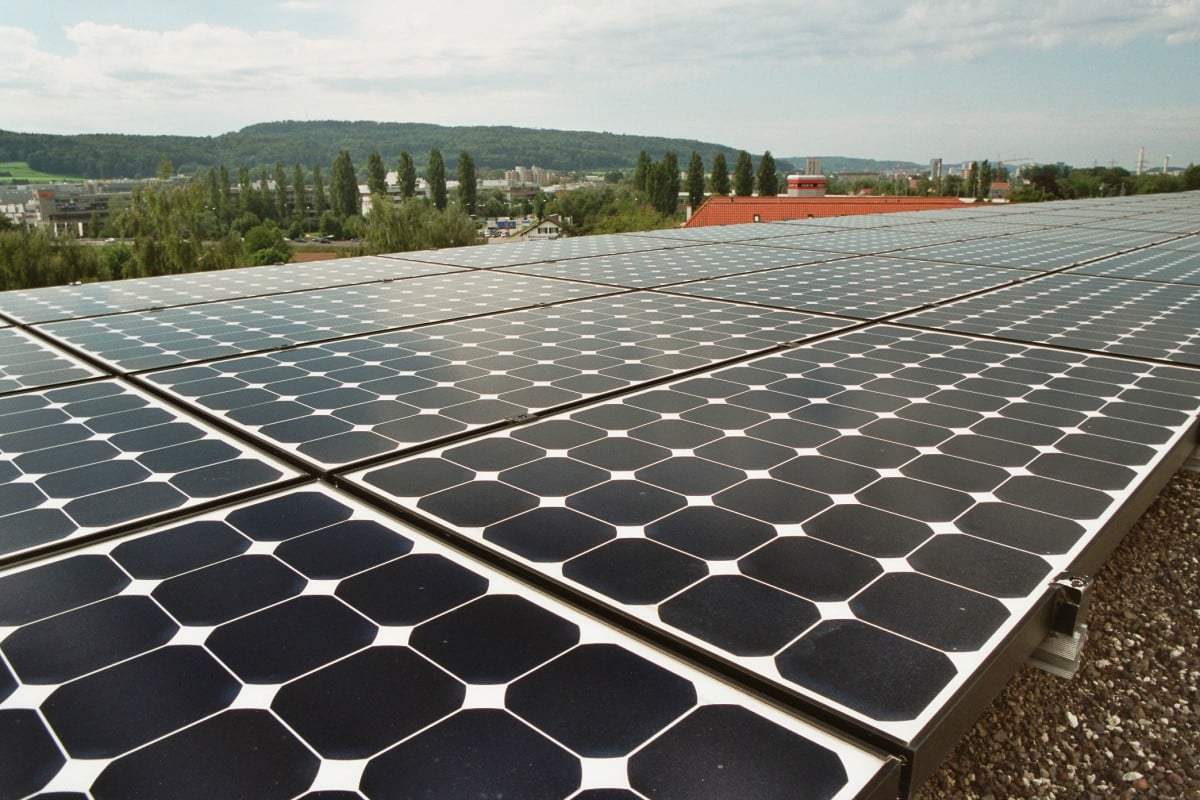
CO2 is the chemical formula for the carbon dioxide molecule consisting of carbon and oxygen, which occurs in addition to nitrogen, oxygen and so-called noble gases in the air. It is produced as a by-product of cell respiration in humans and animals and also during the combustion of fossil raw materials such as wood, coal, oil or gas. Although CO2 makes up only 0.038% of the air, it is one of the most important greenhouse gases – it absorbs part of the heat emitted by the earth into space and radiates it back to the earth.
As a result, carbon dioxide is the main culprit of climate change. Climate activists are committed to reducing this as soon as possible. Too much CO2 is harmful to humans, animals and plants, and if the earth is to survive as it is, we need to think of something else.
And that’s exactly what a group of European researchers has done. If it is already possible to recycle paper, sheet metal and glass, why not CO2? We will not be able to be completely without CO2 for the time being, as carbon-based fuels are likely to play a role for some time to come. So CO2 better be used wisely.
Worldwide CO2-neutral mobility

Scientists at UZH, ETH Zurich, the PSI of Bern University and the Norwegian University of Research and Technology (NTNU) and a team of Empa came up with the idea of large floating methanol islands at sea. These should “produce enough electricity to make the entire mobility worldwide CO2-neutral in the long run”.
On these islands, hydrogen (H2) will be produced from solar energy (and water) in the middle of the oceans. The hydrogen is then locally converted into methanol using CO2 from seawater. So far, this scenario is still purely hypothetical, but there are already plans for possible implementation.
The sun becomes electricity – becomes hydrogen – becomes methanol
The planned solar islands are equipped with photovoltaic systems that produce electricity, but it is not the intention to store that electricity in batteries or to transport it by cable. A normal solar power plant at sea would be pointless. However, liquid methanol (CH3OH) and gaseous methane (CH4) can be produced from carbon dioxide and hydrogen. The researchers, therefore, had the idea of extracting these raw materials directly from the ocean.
There are already power plants that convert hydrogen and CO2 into fuel. One of these is the demonstration platform “move” at the Empa campus in Dübendorf. But factories like the one in Dübendorf, which extract CO2 from the air, are far too small to produce fuel for the global supply of freight traffic.
“An area of approximately 170,000 square kilometres would be needed to produce the annual demand for global freight transport,” explains Andreas Borgschulte, a lecturer at UZH and employee of Empa’s Advanced Analytical Technologies department. Such large solar power plants could be built at sea, where CO2 could also be extracted from the air there. In addition, it is also possible to use the approximately 125 times higher CO2 concentration of the seawater for the “carbon dioxide harvest”.

More possibilities for Methanol
Existing electricity-to-gas plants usually use airborne CO2 to produce methane. This would also be possible on solar islands. However, the researchers find it wiser to produce liquid fuel because it is easier to transport. “Moreover, methanol can be used not only as a fuel but also for the manufacture of other chemical products,” they say. The possibilities for its use – and the profit that can be made from it – are therefore much greater.
But such a “methanol island” on the ocean wouldn’t be cheap. It would cost about 80 million dollars. It would consist of about 70 photovoltaic islands and a ship with the electrolysis and synthesis installations. The total area would be about 550,000 square meters.
However, to reach the 170,000 square kilometres required to recycle as much CO2 as is emitted today, more than 300,000 such islands are needed. For 80 million dollars each. For the time being, we have not been saved yet.
The researchers recently presented the results of the study in the journal “Proceedings of the National Academy of Sciences” (PNAS).

